Food Industry
Used in the production process of milk powder, candy, chocolate, yeast, nuts, coffee, freeze-dried food, etc. to maintain product quality and extend shelf life.
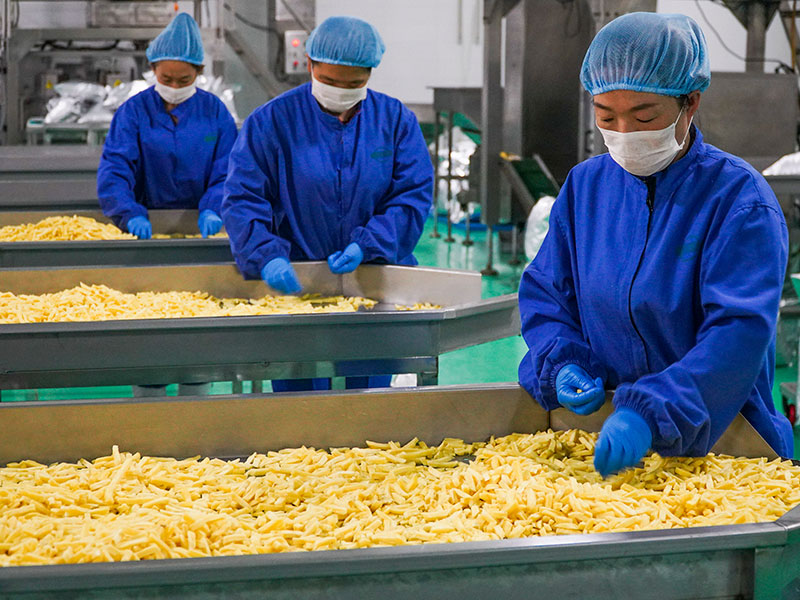
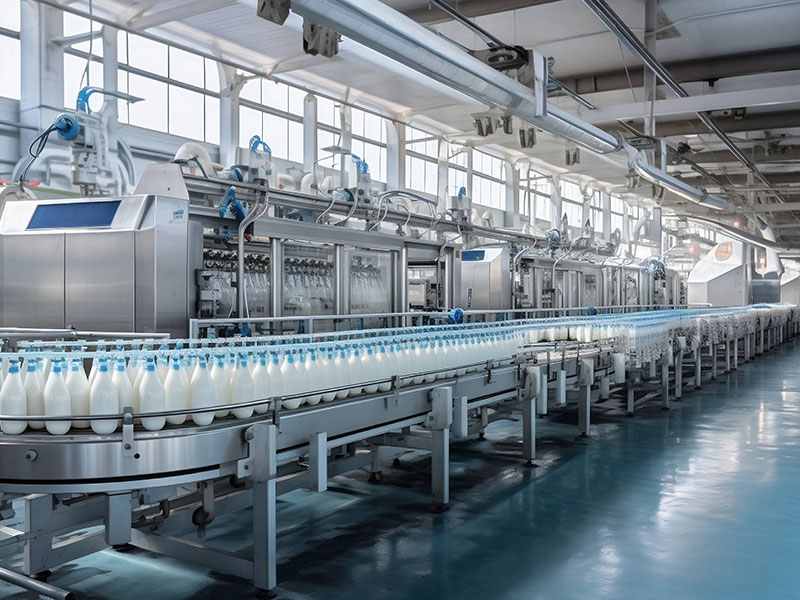
1. The importance of humidity control in food processing
- Food safety: A high-humidity environment can easily cause food to get damp and moldy, increase the risk of microbial contamination, and affect the quality and safety of food.
- Product quality: Improper humidity control can cause problems such as food discoloration, caking, deformation, etc., reducing the quality and market competitiveness of products.
- Production efficiency: A high-humidity environment will increase the maintenance cost of equipment, shorten the service life of equipment, and reduce production efficiency.
2. Working principle of rotary dehumidifier
The rotary dehumidifier introduces humid air into the equipment through the working principle of adsorption and desorption. After the rotary wheel absorbs moisture, the dry air is discharged to achieve the effect of dehumidification. The specific principle is mainly:- When humid air passes through the processing area of the rotary wheel, the water vapor in the humid air is adsorbed by the desiccant on the rotary wheel material.
- When the rotary wheel moves to the regeneration area, the high-temperature regeneration air passes through the rotary wheel, the moisture on the desiccant is desorbed, and the rotary wheel regains the ability to absorb water vapor.
- The wheel always rotates slowly (8-10 revolutions per hour) during operation, and the whole process repeats itself to continuously provide dry air.
3. Application scenarios of rotary dehumidifiers in food processing
3.1 Storage area
- Humidity control: The humidity of stored food should be controlled between 50%-70% relative humidity to prevent the food from being too dry or wet, which will affect the quality of the food.
- Equipment selection: The rotary dehumidifier can effectively control the humidity in the storage area to prevent the food from getting damp and deteriorating.
3.2 Processing area
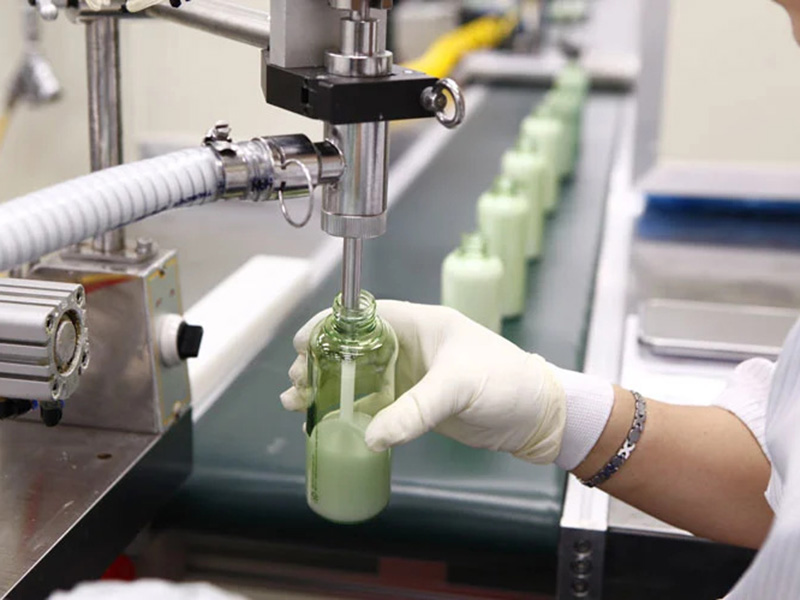
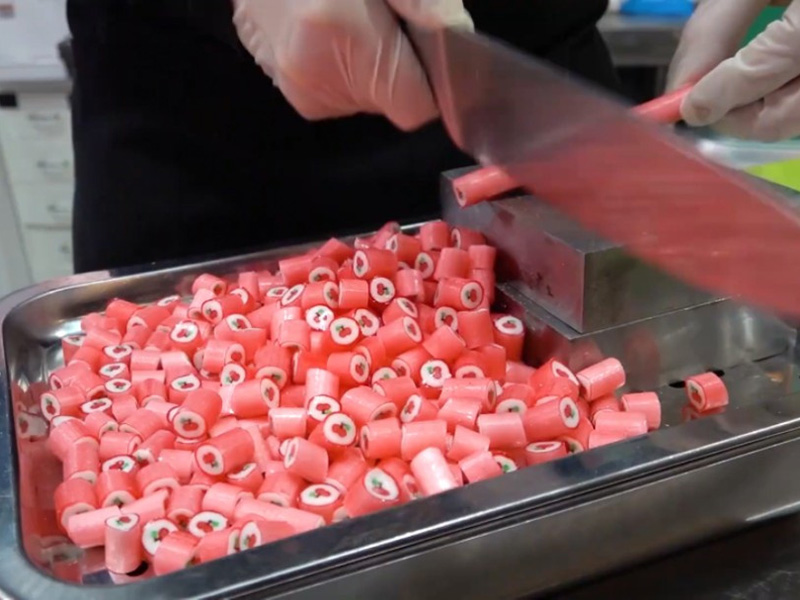

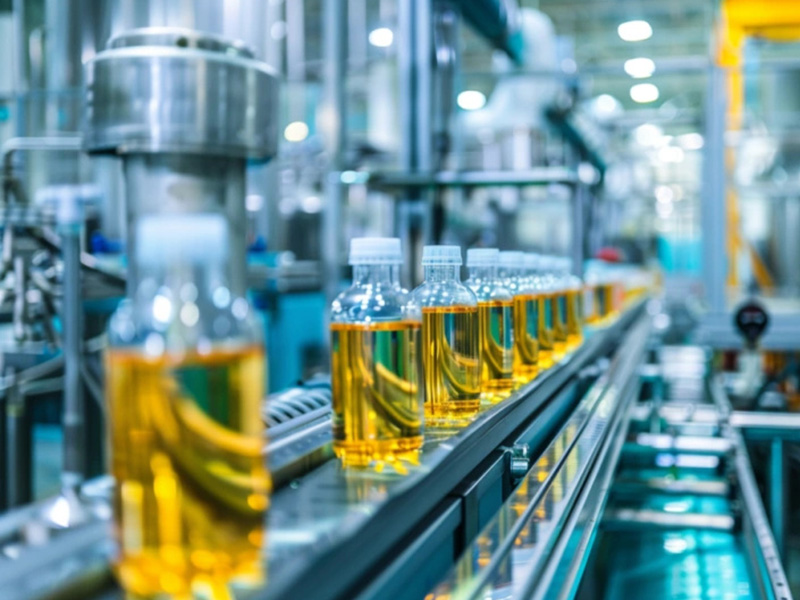

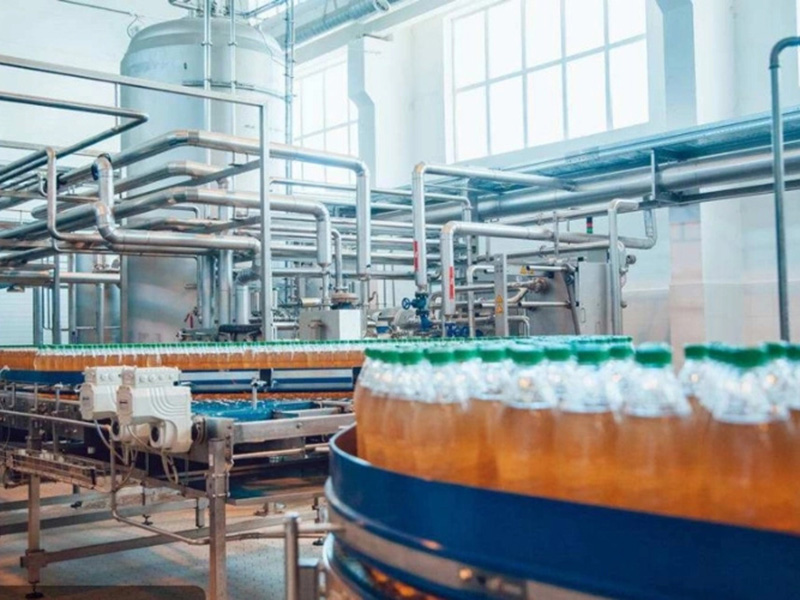
- Humidity control: The humidity of processed food should be determined according to different types of food, but it should usually be kept between 40%-60% relative humidity.
- Specific applications:
- Dairy processing: Using a dry rotary dehumidifier throughout the year can increase production by several tens of percent, while significantly reducing energy consumption.
- Candy factory: When candies are exposed to air with excessive humidity, they will stick together, mold,and break,, causing blockage of machines and pipes, hindering the production, transportation and storage of candies; rotary dehumidifiers are needed to control the humidity in the air so that the candy factory can produce smoothly.
- Active dry yeast: The production and storage environment of dry yeast requires a dry environment. Rotary dehumidifiers can effectively prevent yeast from getting damp, deteriorating and losing biological activity.
- Brewery: During the brewing process, storage containers are usually cooled to about +2°C. As ambient air enters the storage area, condensation can quickly form on the cold wall surfaces of containers, pipes and corridors. Rotary dehumidifiers can effectively prevent the formation of condensed water.
- Meat/frozen food: Excess moisture attached to equipment, floors, ceilings and walls can lead to potential food contamination, affecting product quality and worker safety. Rotary dehumidifiers can not only remove moisture from the environment but also purify dust in the air.
- Beverage production: Rotary dehumidifiers can effectively control the humidity in the beverage production process to prevent beverage deterioration.
3.3 Specific process links
- Soft candy process:
- Molding process: When the starch reaches a high temperature of 82 degrees after steam drying, there will be a starch cooling process, and it can maintain a good process state at about 32 degrees. During the cooling process, a rotary dehumidifier is used to ensure that no condensation water is generated in the entire environment and that the starch reaches the ideal molding condition.
- Drying process: There are two main modes in the drying room. The first is to control heating and cooling separately, and the second is to control heating and cooling at the same time. The overall effect is better, but the cost is relatively high.
- Packaging process: It is recommended to set the temperature of the packaging room to 20~25℃ and the relative humidity to 40~45%, so that the appearance and hygiene of the packaging will be better, thereby ensuring food safety and quality.
- Spray drying/material transportation:
- Humidity control: Spray drying will be affected by the external humidity environment. The production efficiency will be low in the season with high humidity, and there will be different production efficiencies in different seasons. For example, in the humid summer or rainy season, the powder bin will have adhesion.
- Equipment Selection: Rotary dehumidifiers can effectively control humidity during spray drying and material conveying, improve production efficiency, and reduce cleaning work and drying time.








